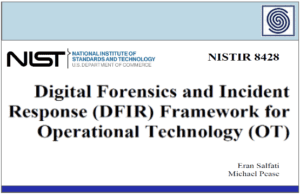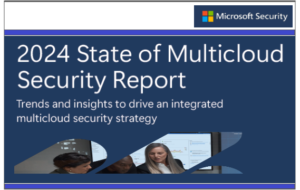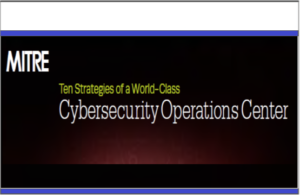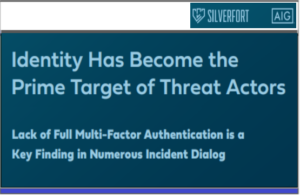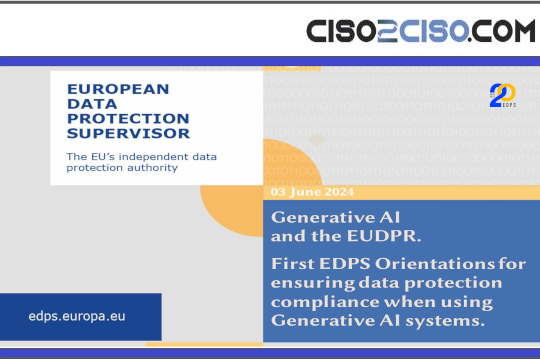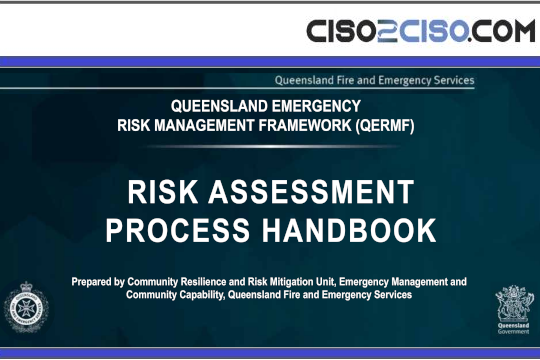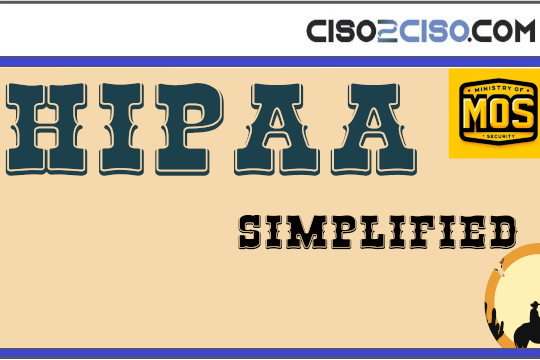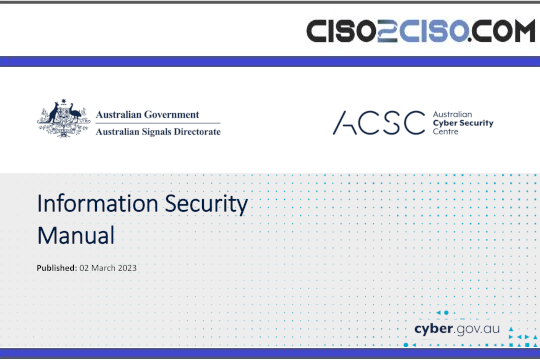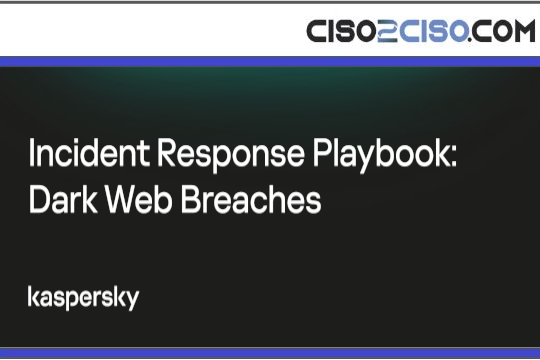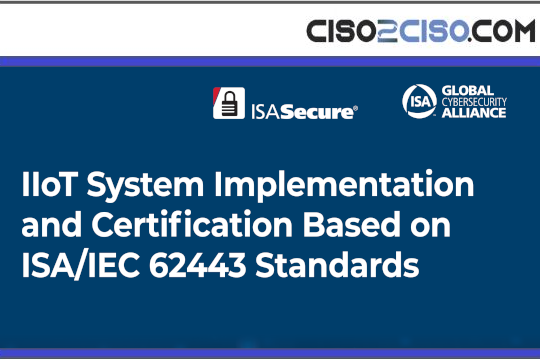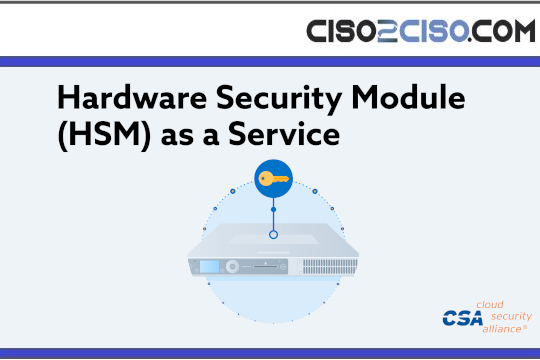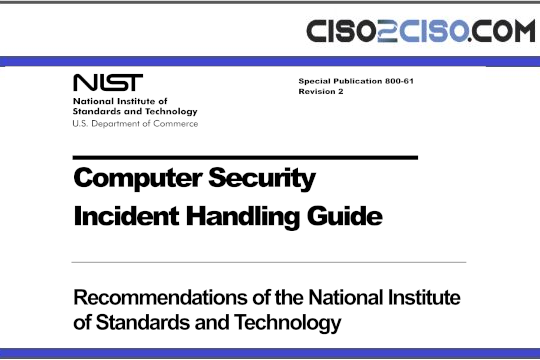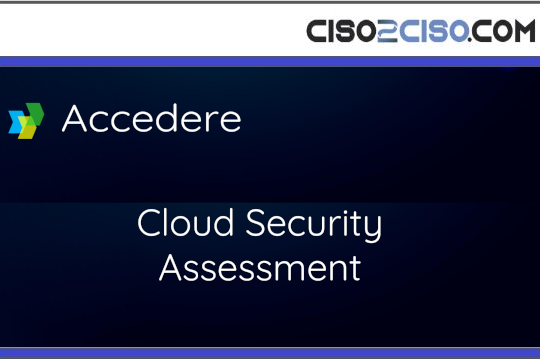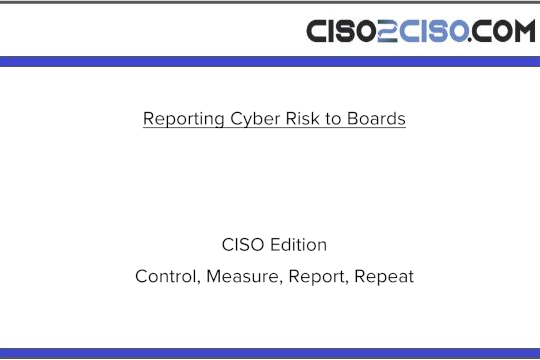Active Directory (AD) attacks constitute a diverse array of cyber threats targeting the infrastructure of organizations utilizing Windows-based networks. AD serves as a linchpin in these systems, overseeing critical functions like user authentication, authorization, and directory services. A comprehensive understanding of the various attack vectors is essential for safeguarding against potential security breaches. Here’s an extended summary of prominent Active Directory attacks:
Password Attacks:
- Brute Force Attacks: Attackers attempt to gain unauthorized access by systematically trying all possible password combinations.
- Password Spraying: Attackers use a few commonly used passwords across multiple user accounts to avoid detection.
Kerberos Attacks:
- Golden Ticket Attack: Attackers create a forged Kerberos ticket, granting them long-term unauthorized access to the network.
- Silver Ticket Attack: Similar to a golden ticket attack, but the attacker forges a ticket for a specific service.
Pass-the-Hash (PtH) Attacks:
- Attackers use stolen password hashes instead of plaintext passwords to authenticate and gain access to systems.
Man-in-the-Middle (MitM) Attacks:
- Relay Attacks: Intercept and relay authentication requests to gain unauthorized access without needing to decrypt the credentials.
Privilege Escalation:
- Exploiting vulnerabilities to elevate privileges, gaining unauthorized access to sensitive information or systems.
Domain Controller Compromise:
- DCShadow Attack: Attackers inject malicious data into AD without detection, allowing them to control the domain.
- DCSync Attack: Mimicking a domain controller to retrieve sensitive information, such as password hashes.
Group Policy Object (GPO) Exploitation:
- Modifying or abusing GPOs to deploy malicious scripts, policies, or configurations across the network.
LDAP Injection:
- Exploiting vulnerabilities in LDAP (Lightweight Directory Access Protocol) to manipulate or extract information from the directory service.
Abuse of Trust Relationships:
- Exploiting trust relationships between domains to move laterally within a network.
Domain Enumeration:
- Gathering information about the AD structure, users, and systems to plan and execute targeted attacks.
DNS Spoofing and Poisoning:
- Manipulating DNS records to redirect traffic, intercept communication, or perform other malicious activities.
Views: 0




